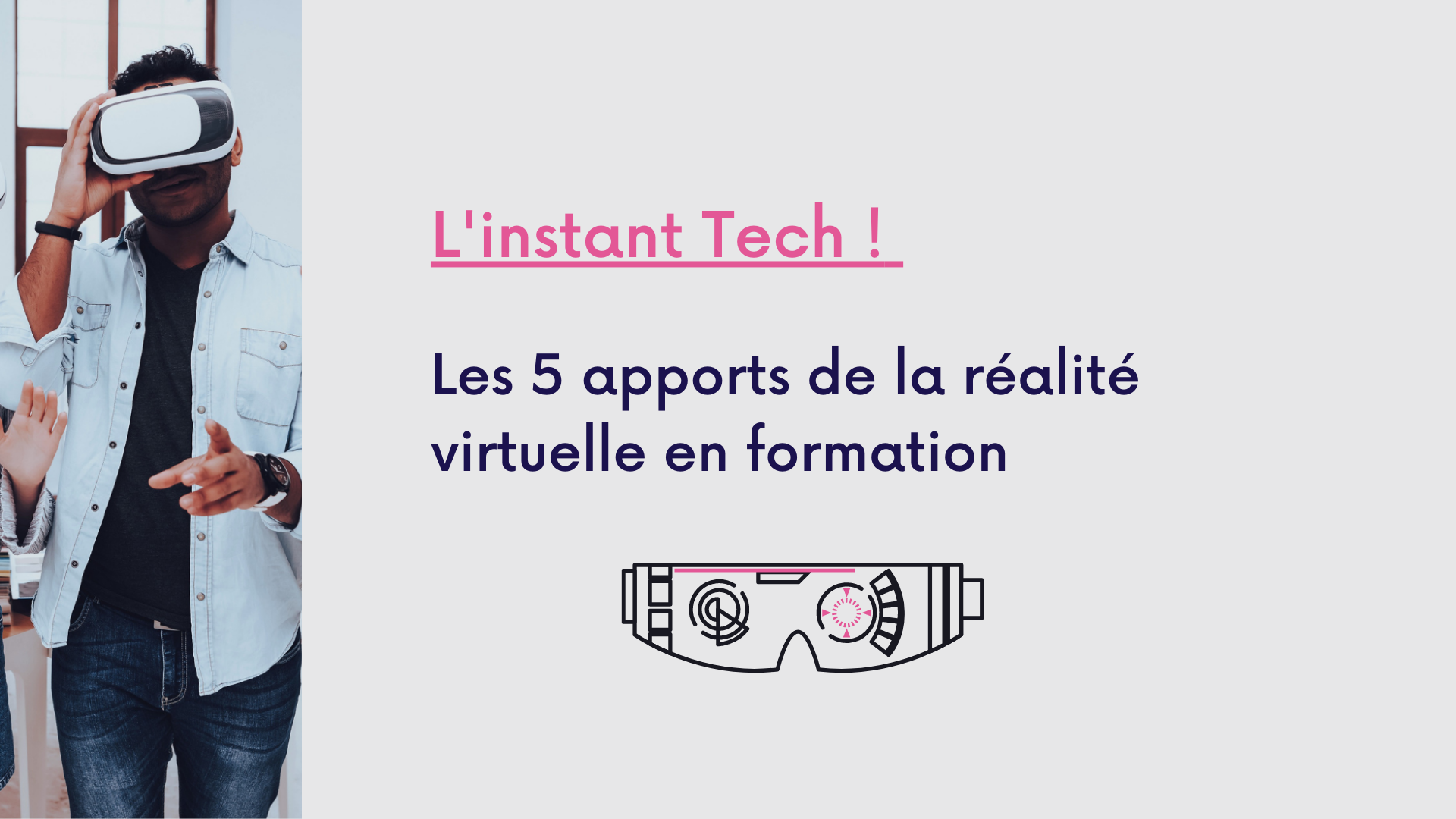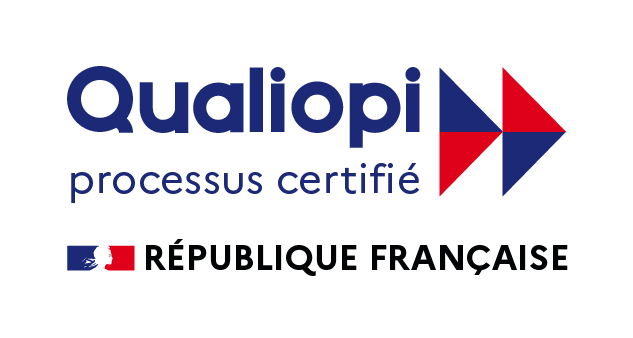Does virtual reality add real value to training?
Several studies, including one by Daydream Labs have examined the question, and attempted to demonstrate its effectiveness in learning processes.
This carousel highlights the 5 benefits of virtual reality in training.
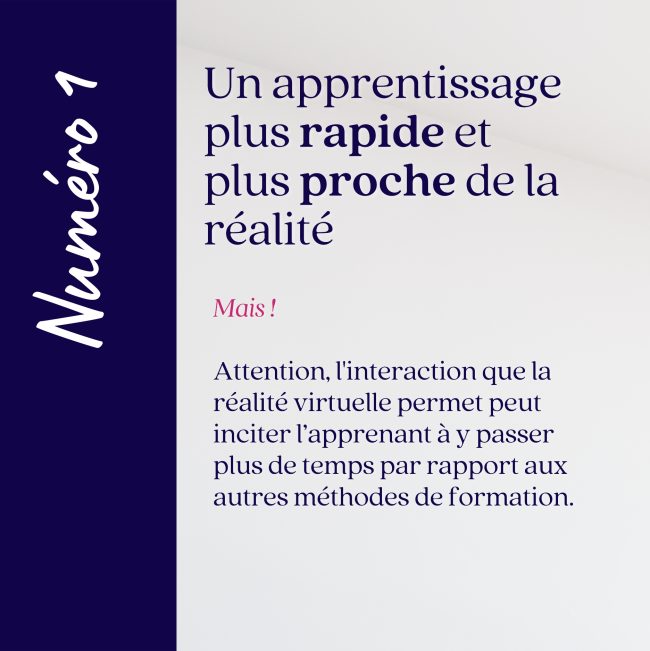
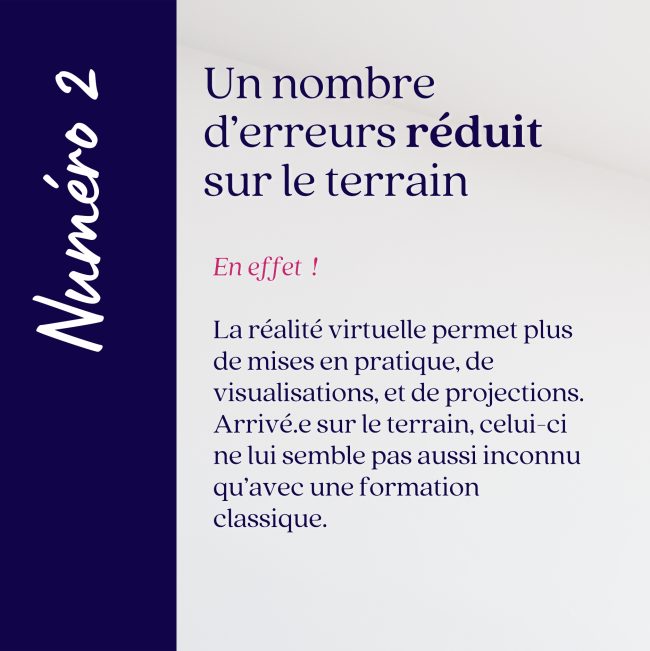
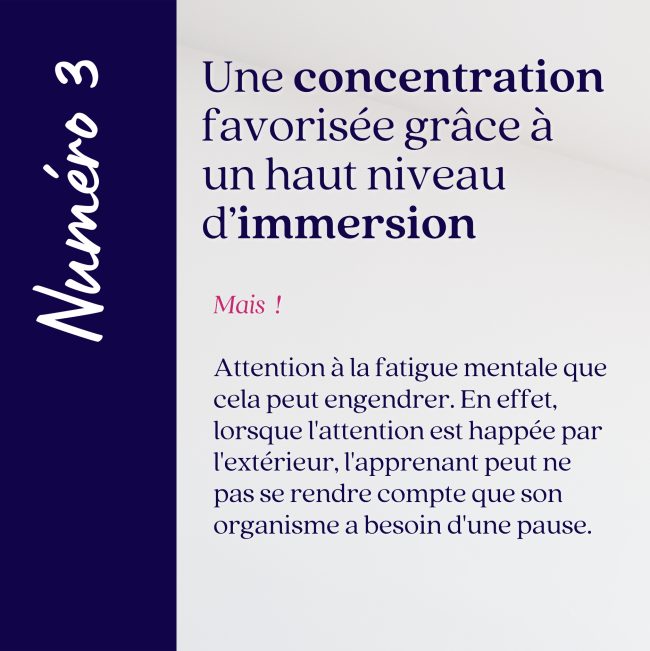
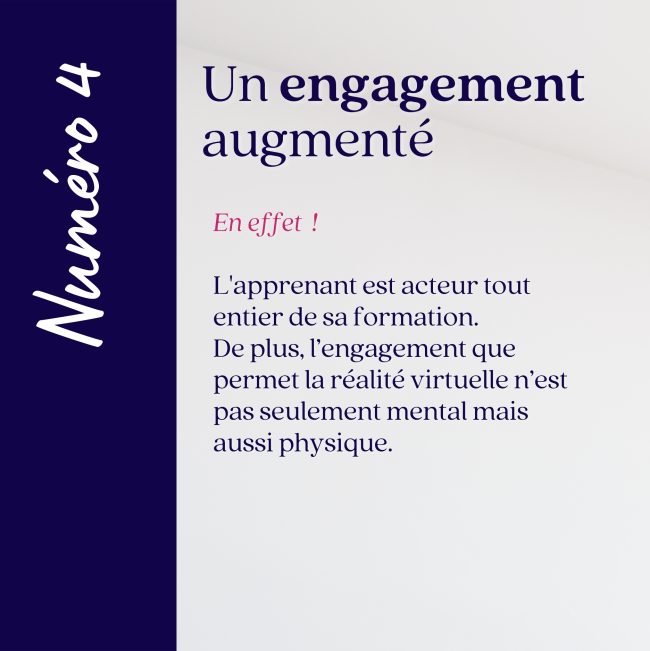
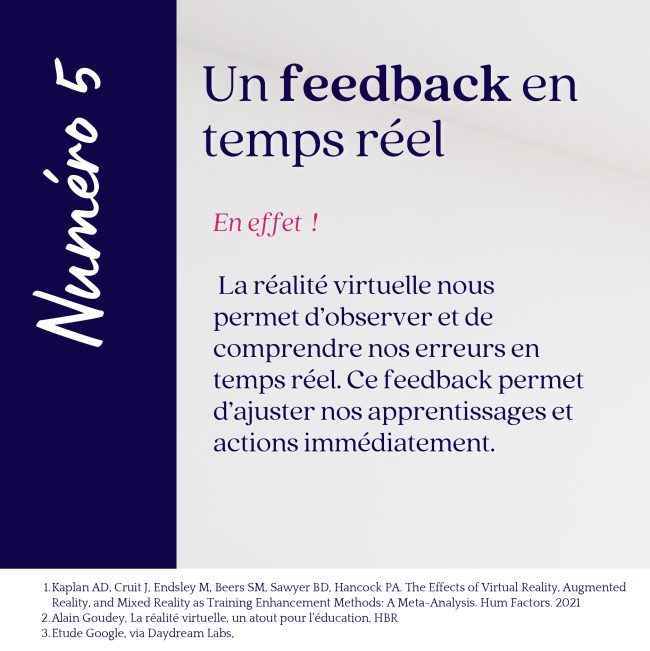
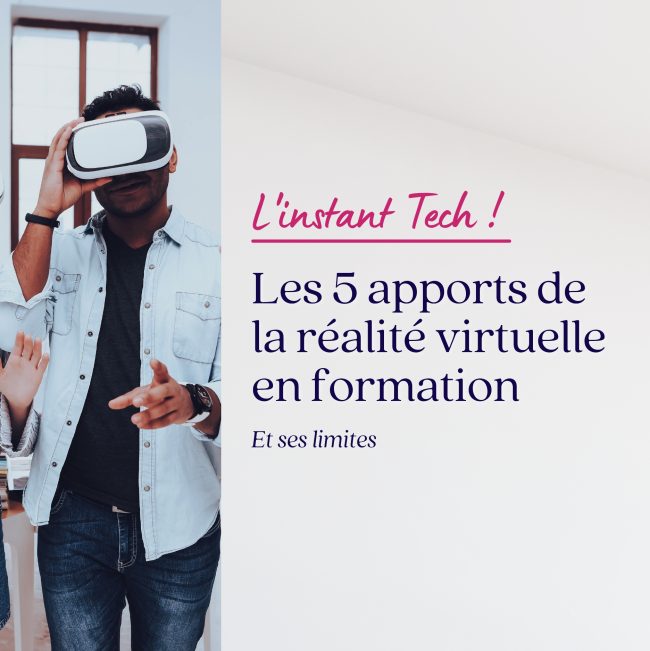
1) Faster, more realistic learning
Virtual reality training allows users to immerse themselves in a realistic environment and learn by doing, which is far more impactful for them. This type of training saves considerable time and money, as it can be used and repeated as many times as required.
However, the interactive aspect of virtual reality can make learners want to spend more time with it than with more traditional training methods!
2) Fewer errors in the field
Through virtual reality, the learner becomes familiar with the situation and repeats complex operations as many times as necessary, without putting himself at risk. In this way, he virtually projects himself into the field, which no longer seems as unfamiliar as it might with more conventional training. This reduces the number of mistakes made, and enables the learner to internalize the correct gestures beforehand.
3) A high level of immersion promotes concentration
One of the benefits of virtual reality is the high level of concentration that can be achieved through immersion. An immersive experience stimulates certain areas of the brain not involved in a more conventional learning process, enabling the learner to really live the experience, and be fully focused on the task in hand.
Beware, however, of the fatigue that immersion in virtual reality can cause the body. Virtual reality monopolizes the learner’s energy, as his or her attention is entirely focused on the experience. You need to take regular breaks.
4) Increased commitment
Virtual reality is both physically and mentally engaging. The learner is not subjected to his or her training; on the contrary, he or she is the main actor. As a result, training is much more effective, and the learner progresses more rapidly in the skills he or she needs.
5) Real-time feedback
Virtual reality gives learners real-time feedback on their actions, enabling them to learn more about their inner workings.
They can adjust their operating modes and correct mistakes immediately.
1. Kaplan AD.Cruit J. Endsley M. Beers SM. Sawyer BD. Hancock PA. The Effects of Virtual Reality, Augmented Reality, and Mixed Reality as Training Enhancement Methods: A Meta-Analysis. Hum Factors. 2021
2. Alain Goudey, La réalité virtuelle, un atout pour l’éducation, HBR
3. Google study, via Daydream Labs
